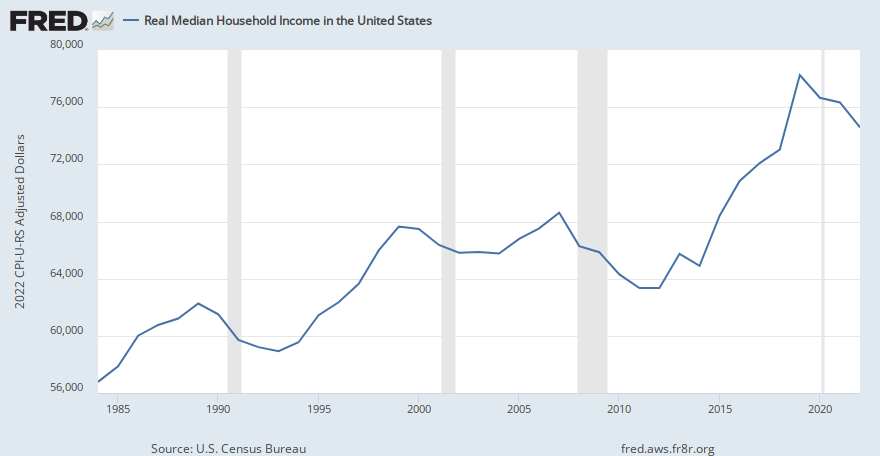Yeah, and those median earnings are shit pay. $40,000 gross gives you enough money to just not die for the next 40 years in a bad area.It is pretty normal for civil engineer (which is not on this list, but all of the other engineering, mechanical, design, project, is in the $70s)

What Is the Average Starting Salary Out of College? - Scholarships360
It's a good idea to educate yourself about earning potential. Learn more about the average starting salary out of college.scholarships360.org
And please note those numbers are not entry level, but entry level through 5 years out
Notice also the city data, since you doubled down and declared it "shit" pay "anywhere." Median earnings for recent college graduates (not first year, entry level) are in the $40s and $50s. Only NYC is in the $60s. Austin is at $58k, but that city is full of IT graduates, which are going to earn on the higher end.
$60k in NYC? Lol.
$58k in Austin? Lol.
I wouldn’t engineer shit for $70k gross unless there was a clearly defined path to higher income in a 5 year period.



